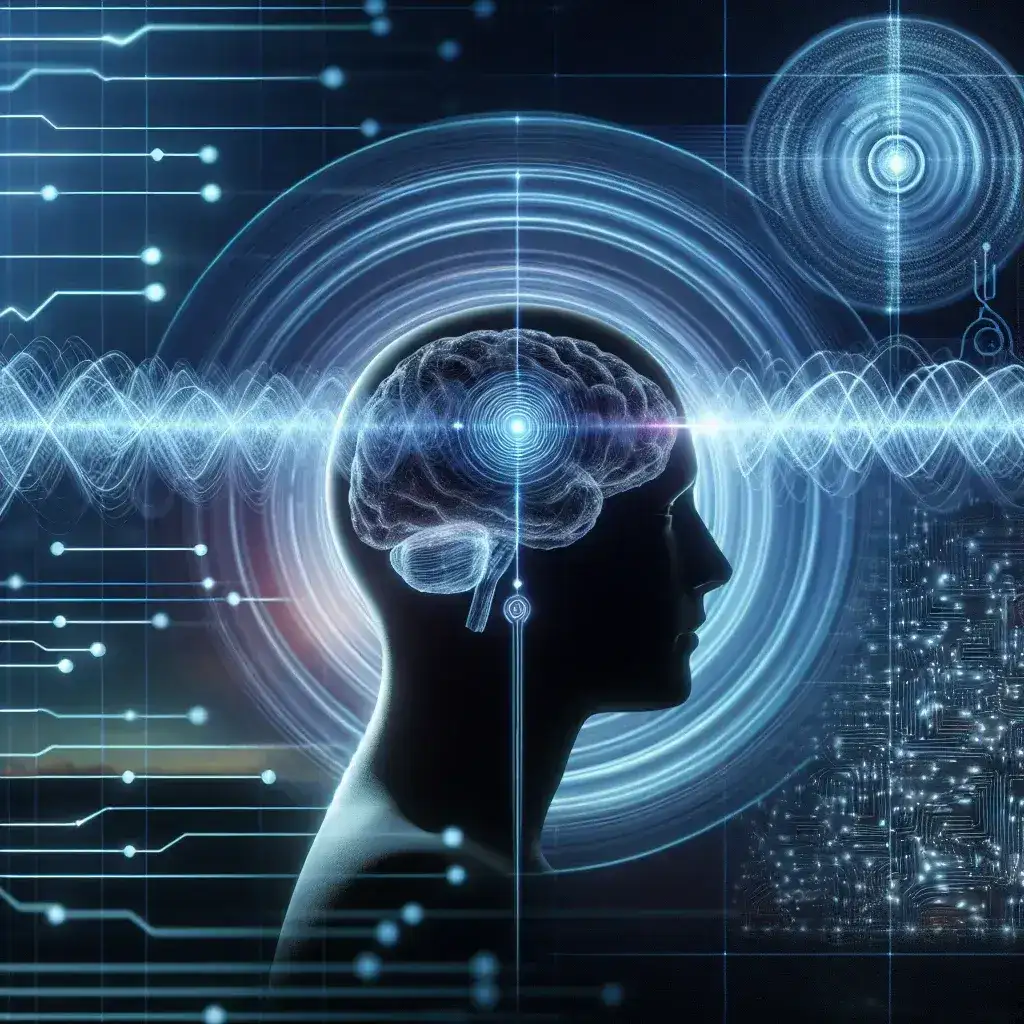Understanding the Intersection of AI and Neuroscience
The integration of artificial intelligence (AI) with neuroscience has opened new frontiers in communication and mental health. One of the most groundbreaking advancements in this field is the ability of AI models to decode brainwave patterns and translate them into text. This innovative technology promises to not only enhance our understanding of the human brain but also revolutionize how we communicate.
A Brief History of Brain-Computer Interfaces
The concept of brain-computer interfaces (BCIs) dates back to the 1970s, when scientists began experimenting with ways to link the brain to external devices. Early experiments involved simple signal detection using EEG (electroencephalography) to control rudimentary devices. Over the decades, advancements in technology and neuroscience have significantly improved the accuracy and capabilities of these systems.
How AI Decodes Brainwave Patterns
Decoding brainwave patterns involves several key steps:
- Data Collection: The first step is gathering brainwave data, typically through non-invasive methods like EEG. This data reflects the electrical activity of the brain and can indicate various mental states.
- Signal Processing: The raw EEG signals are complex and noisy. Signal processing techniques are applied to clean and isolate useful information from the data.
- Feature Extraction: Once cleaned, specific features relevant to the intended task (e.g., thought patterns) are extracted from the brainwave data.
- Machine Learning: AI models, particularly neural networks, are trained on these features to recognize patterns associated with specific thoughts or intentions.
- Translation: Finally, the recognized patterns are translated into text or commands, allowing users to communicate their thoughts directly.
Real-World Applications
As AI continues to evolve, its applications in decoding brainwave patterns are becoming increasingly tangible. Some notable applications include:
1. Assistive Technologies
For individuals with severe disabilities, AI-driven BCIs can facilitate communication and control over their environment. This technology enables users to translate their thoughts into text or control devices, significantly enhancing their quality of life.
2. Mental Health Monitoring
AI models can provide insights into mental health by analyzing brainwave patterns associated with stress, anxiety, or depression. This data can help healthcare professionals tailor treatments and interventions more effectively.
3. Enhancing Human-Computer Interaction
As we move towards a more connected world, the ability to communicate thoughts directly with computers could transform our interaction with technology. Imagine a future where typing is a thing of the past, and we simply think to communicate.
Challenges and Ethical Considerations
Despite its promise, the technology of decoding thoughts raises several challenges and ethical issues:
1. Privacy Concerns
The ability to read thoughts could lead to significant privacy violations. Safeguards must be established to protect individuals’ mental privacy.
2. Misinterpretation of Data
AI models are not infallible and can misinterpret brain data, leading to incorrect translations. Continuous improvement and validation of these models are crucial.
3. Accessibility
While the technology holds great potential, it must be made accessible to all individuals, especially those with disabilities who could benefit the most.
The Future of Thought Translation
The future of AI models decoding brainwave patterns is both exciting and uncertain. As research progresses, we may see:
- Improved Accuracy: Ongoing advancements in machine learning and neuroscience will likely enhance the accuracy of thought translation.
- Broader Applications: Beyond healthcare, applications could extend to fields like education, gaming, and creative industries.
- Integration with Other Technologies: Combining thought decoding with other AI technologies could lead to innovative solutions and experiences.
Conclusion
AI models that decode brainwave patterns to translate thoughts into text represent a significant leap forward in human communication and understanding of the brain. While there are challenges to overcome, the potential benefits are vast, promising a future where thoughts can be expressed and understood with unprecedented clarity. As we continue to explore this fascinating intersection of AI and neuroscience, we are reminded of the profound capabilities of the human mind and the exciting possibilities that lie ahead.
